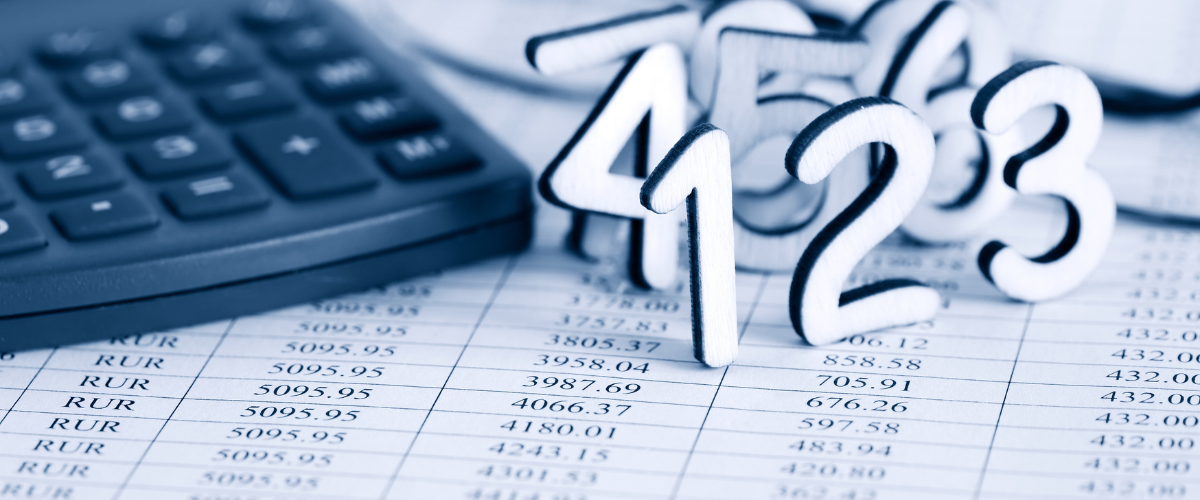Understanding Common Size Balance Sheet Analysis
Explore the fascinating insights provided by a typical dimension stability sheet and uncover the hidden gems of financial evaluation.

Explore the fascinating insights provided by a typical dimension stability sheet and uncover the hidden gems of financial evaluation.

The total quantity of belongings on the common dimension stability sheet represents all of the firm’s resources or possessions that maintain economic value. This contains tangible assets like money, stock, and property, as well as intangible property like patents and trademarks. The whole quantity of belongings is used to determine the financial health and stability of an organization by evaluating it to liabilities and equity in order to assess its overall solvency and ability to generate income.


Current property play a crucial position in determining the monetary health and liquidity of an organization. They are often seen as a measure of how effectively a company can meet its short-term obligations and fund its day by day operations. The proportion of total belongings accounted for by current belongings can present useful perception into the overall monetary energy of a enterprise. Investors and stakeholders carefully monitor this ratio to evaluate the company’s ability to rapidly convert its present property into money and navigate any potential monetary challenges that will arise. Ultimately, understanding the importance of current assets in relation to whole belongings is crucial in evaluating a company’s monetary stability and sustainability.
As of the most recent monetary report, X% of the total property are held in the form of cash and cash equivalents. This allocation ensures liquidity and suppleness for the corporate to meet its short-term monetary obligations while additionally providing a cushion for surprising expenses or alternatives. By having a significant portion of assets readily available, the company can navigate financial uncertainties with confidence and agility.

In analyzing the monetary statements of the company, it is evident that a important portion of the total liabilities are categorized as current liabilities. This is reflective of the company’s short-term obligations which are due inside one 12 months. By carefully analyzing the stability sheet, it is clear that the current liabilities play a vital role within the company’s overall monetary health and liquidity place. Managing these short-term obligations effectively is crucial to ensure clean operations and sustainable development for the organization.

Long-term debt accounts for approximately 40% of the whole liabilities of the company, signifying a important portion of their monetary obligations. This signifies that the corporate has utilized borrowed funds to assist its operations and investments, probably leveraging itself to pursue development alternatives. With a considerable amount of long-term debt on their balance sheet, it is crucial for the corporate to successfully handle and repair this debt to make sure financial stability and sustainable growth in the lengthy term.
Shareholders’ fairness on the common dimension steadiness sheet represents the whole quantity of funds contributed by shareholders and retained earnings, showcasing the company’s total financial well being and stability. It demonstrates the extent to which an organization is funded by its owners rather than debt, reflecting the level of confidence buyers have within the business. By analyzing this key metric, stakeholders can achieve insights into the company’s capital construction, profitability, and progress potential, making it a vital element in determining the corporate’s value and future prospects.
The shareholder’s fairness attributable to common inventory represents the portion of an organization’s whole fairness that is held by widespread shareholders, indicating their possession stake in the business. Common stockholders have a declare on the corporate’s property and earnings after all other obligations have been met, making it a vital part of an organization’s monetary structure. This equity worth is determined by subtracting the entire liabilities from the total property, with the remaining amount representing the shareholders’ fairness. It serves as a key metric for investors to evaluate the overall well being and worth of an organization, as nicely as the potential return on their investment.

© 2022 Amour Accountants. All Rights Reserved. Proudly Developed By Branding Experts.
© 2022 Amour Accountants. All Rights Reserved. Proudly Developed By Branding Experts.
